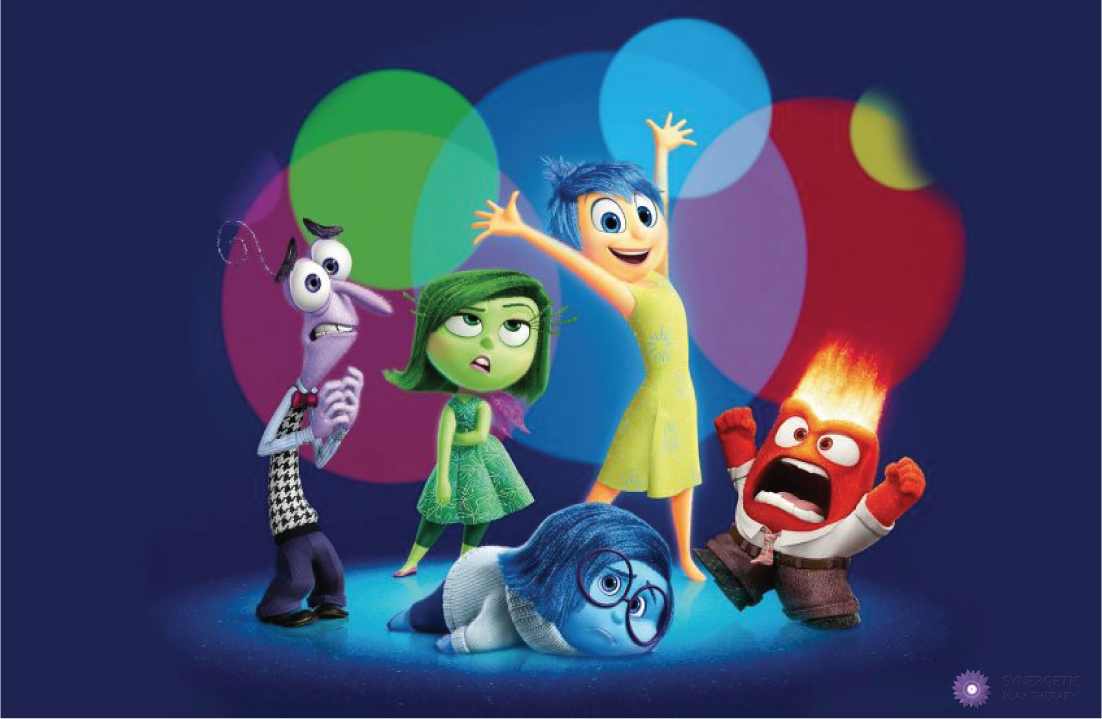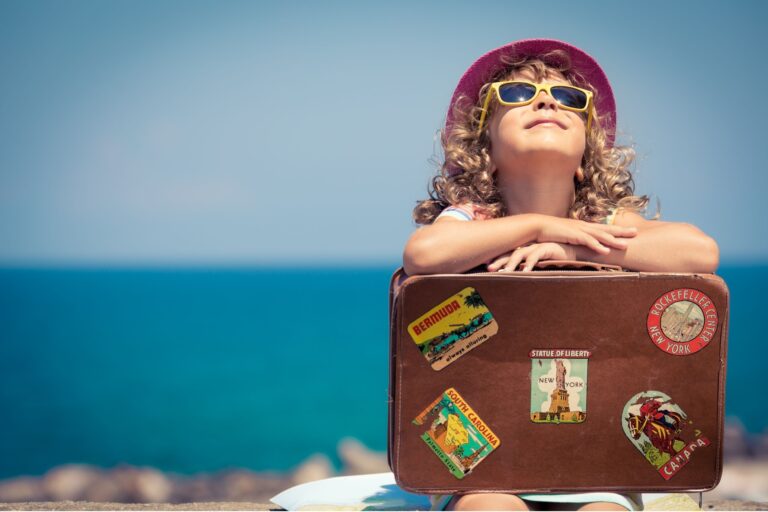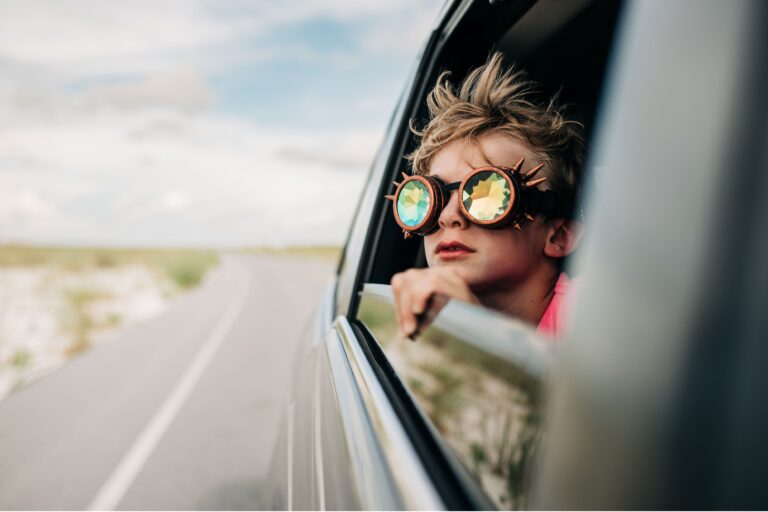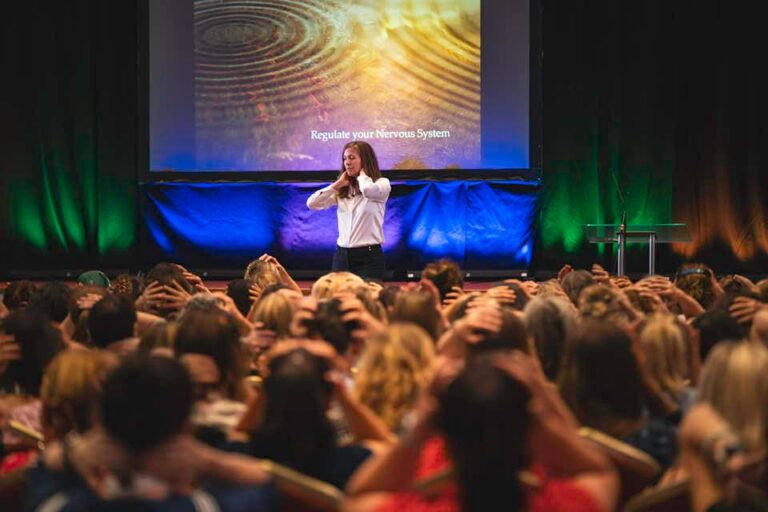Recently I was meeting with a new client’s parents for the first time. We were discussing their desired outcome for their child’s engagement in play therapy. “We just want him to find ways to manage his intense feelings,” “It would be great if he was not so angry all the time!” These are not uncommon goals that parents identify for therapy when their child struggles with intense emotions and it manifests in challenging behaviors.
I have always loved Disney and Pixar animated movies. As a teen, I remember convincing several of my friends to go with me to see Beauty and the Beast, while our much cooler and braver friends were going to see The Hand That Rocks the Cradle. You might be asking. “What does that have to do with emotions, desired outcomes identified by parents and play therapy?” Enter Pixar’s 2015 Inside Out.
The film utilizes the personification of 11-year-old Riley’s emotions: Joy, Sadness, Fear, Anger and Disgust as she adjusts to several major life changes. There is no shortage of references to the emerging science behind our emotions and interpersonal relationships as we get a peek into the inner workings of Riley’s mind. I was giddy with excitement sitting in the theatre with my two kids and husband waiting for the lights to dim and the movie to start. My heart beat quickly in my chest as the opening credits began. Small illuminated spheres representing memories moved across the screen, through wheels, and created pathways as the emotional world of Riley unfolded before my eyes. A lump formed in my throat and tears flowed freely from my eyes as the film neared it’s close revealing that Joy’s fullest expression is often felt in the presence of Sadness. The complexity of the emotional world animated by Inside Out, for children and adults alike, opened up avenues of conversation in our family and countless hours of exploration with clients and their families as well.
I have been fascinated by the many ways that my clients have brought Joy, Sadness, Fear, Anger and Disgust into the playroom. I have spent time exploring with children their emotional world before and after they watched the film. I encourage families to watch it together as a fun activity and a psycho-educational tool. After they watch the movie, I invite families to get curious about the idea that emotions are “energy in motion” in our bodies, and I encourage them to notice what that energy feels like in their body (a pounding head, racing heart, a warm wave of water washing over their whole body, butterflies in the tummy, etc.). Once we view emotions as energy in motion, it opens up new ways to work our emotions. Instead of avoiding, shutting down, dismissing and ignoring, we can develop our capacity to experience, label, regulate and engage our emotional world.
Here are a few additional ways I invite families to build their emotional regulation skills:
- Increase your feeling word vocabulary. Think up as many words as you can that we use for ANGER, SADNESS, JOY, DISGUST and FEAR (ie: excitement, hyper, happy, mad, worried, frustrated, depressed).
- Identify what emotions feel like in your body. For example, “when I feel angry the back of my neck gets hots and my heart starts to beat fast!”
- Talk about what you can and can not do in your family when you are feeling big emotions! Example: “In our family when we are excited it is OK to giggle, laugh and run around.” “In our family when we are excited it is not OK to jump off of furniture and knock things over.”
- Remember that our children are watching how we handle emotions and that it’s not the words that we say that get their attention. They are watching us to see how we name, express and work through the emotions we encounter daily.
*Erin Bennetts, LCSW, RPT is the co-founder of Play Therapy Integrate, Nurture, Connect located in Littleton Colo. Her work is focused on service children age 3-12 and their care givers. When she is not engaged at work she enjoys spending time practicing yoga, exercising, gardening or hanging with her two children and husband.




